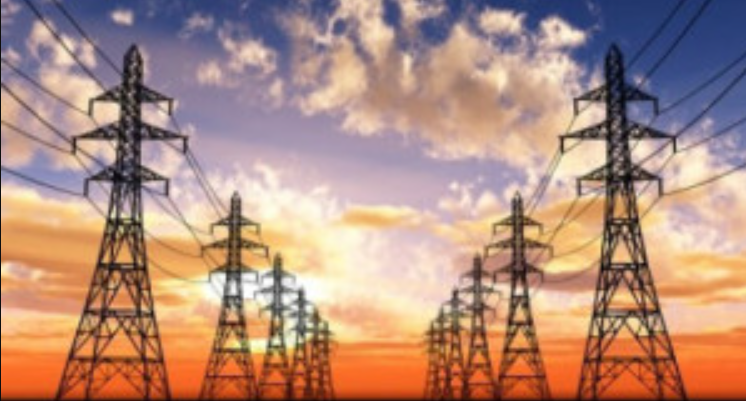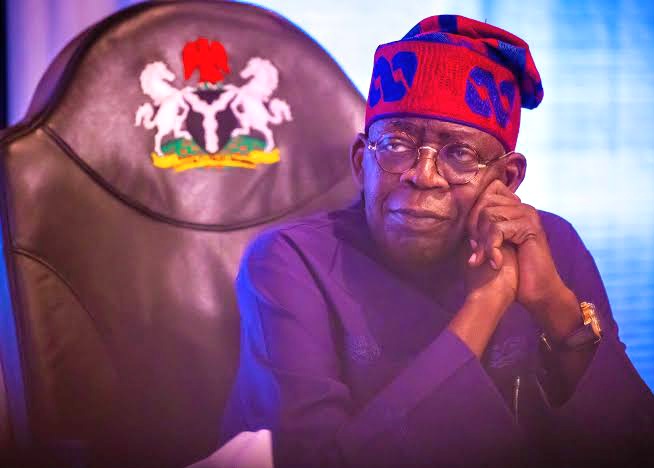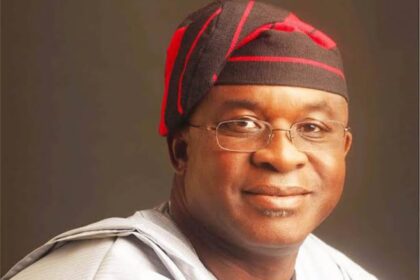More questions have been raised over the incompetence of the power sector in the country as Nigeria as many African countries making significant strides in enhancing their power supply stability by investing in modern electricity transmission networks, advanced grid infrastructures, renewable energy sources, and natural gas.
Their diversification prevents disruption in their electricity distribution. Foreign collaboration and smart technology are also some of the positive factors that support these countries’ power sector.


1. Egypt
Egypt leads the list of African countries enjoying a stable power supply. The country has been able to diversify its energy sector, investing in grid modernization and expanding its solar and wind power.
Egypt keeps improving its transmission infrastructures, technologies, and fuel production to ensure the power system is efficient. In addition, the country’s proactive measures sustained the sector.
2. Morocco
Morocco is also another country that has been able to modernise its grid system. This approach has yielded into steady power supply and other variables such as solar and wind energy. Morocco has succeeded in integrating large renewable energy projects, fortifying the power grid.
3. Tunisia
As an African country, Tunisia built its power grid on international connectivity and smart technology. It is a highly monitored system, still expanding. The electricity connection between Tunisia and the European power grid boosts the country’s energy sector and makes it more efficient.
4. Algeria
The basis of Algeria’s power supply is its natural gas reserves, which have been responsible for the country’s stable electricity. Notwithstanding, the country has continued to accelerate its efforts in expanding its solar energy sector. Foreign investment and solid, modernized transmission infrastructure enhance their supply.
5. Gabon
Gabon embarks on projects that help in solidifying its energy sector. They’ve been able to transition from fuel oil to renewable energy and natural gas, which has fostered regional grid interconnections and investments in new plants.
6. Ghana
Continuous infrastructural upgrades are one of the major reasons for Ghana’s steady electricity supply. They really embrace investment and strong regulation with the aim of reinforcing the grid. Solar, hydropower, and thermal are other areas the country diversified into to prevent a shortage.
7. South Africa
South Africa’s power supply has gone through energy challenges in the past, but with constant restructuring, the country has attained a point of stability. Partnership with the private sector, investment in renewables, and expansion in capacity serve as the backbone of stable electricity in South Africa.
8. Botswana
Botswana has reduced its reliance on coal and diversified into solar power. They’ve been able to build a system that prevents power outages or transmission breakdown. The energy regulatory body in the country has continued to take a proactive approach in ensuring reliability.
9. Kenya
Kenya’s successful expansion in energy sources, grid infrastructures, and geothermal energy enables the country to provide constant electricity. Their regulatory reforms and integration of renewable energy, such as solar and wind, have made the power sector more reliable.
10. Senegal
Senegal no longer depends on fuel oil but on renewable energy and natural gas. They’ve been able to improve their regional transmission lines and interconnections, including a regulatory framework that attracts private investors.




